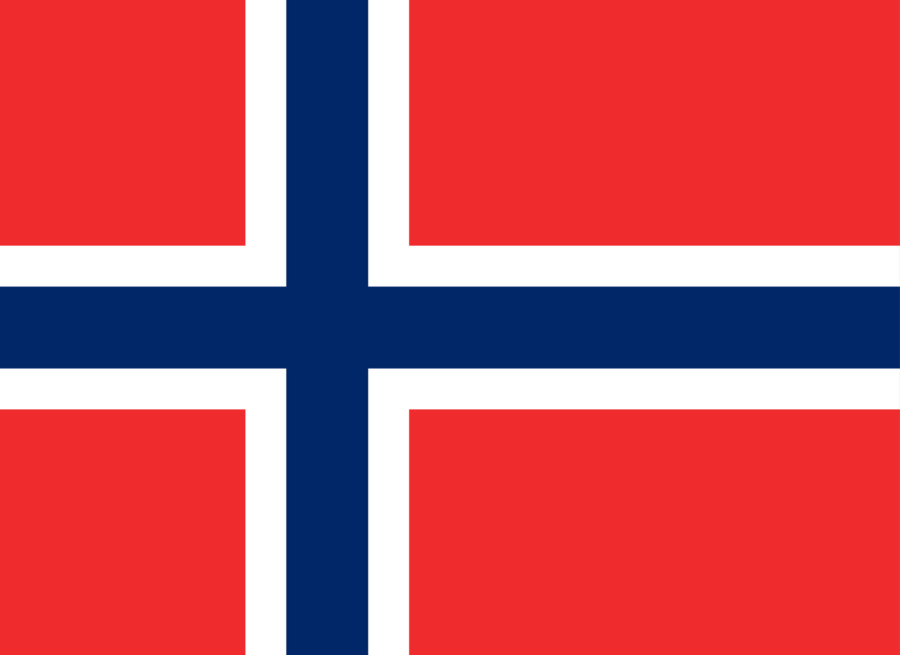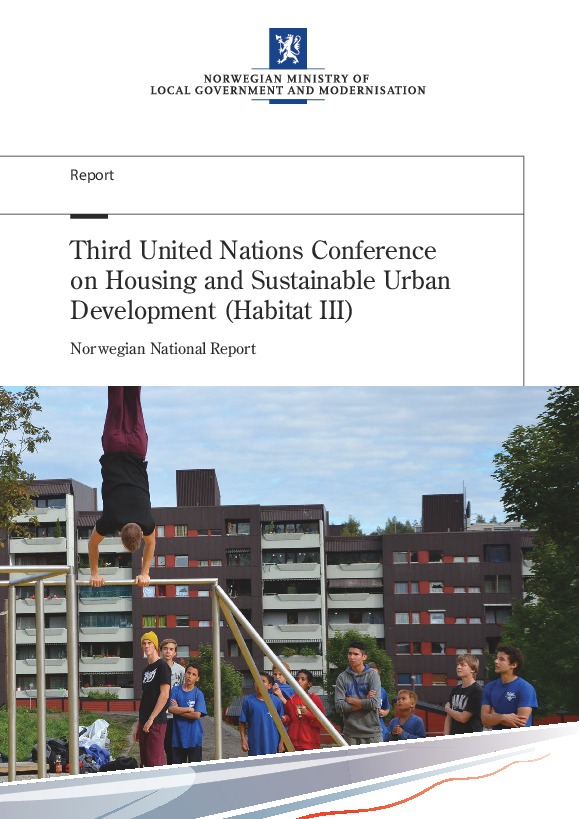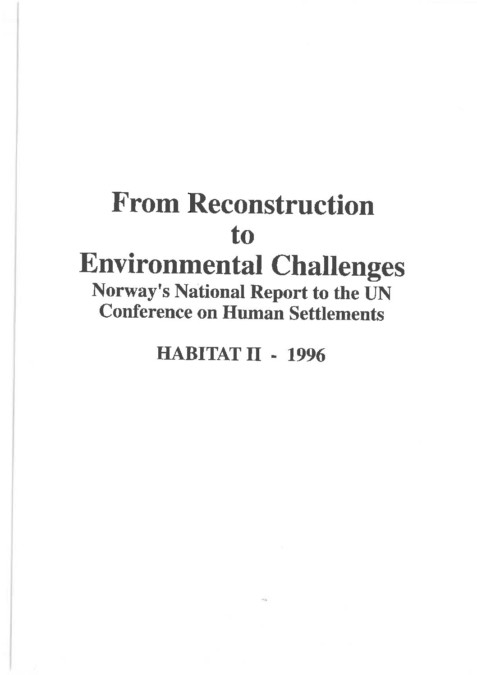
Norway
Urban indicators:
| Value | Year | ||
| Surface area (sq km) | 386209 | 2014 | Including Svalbard and Jan Mayen Islands. |
| Population (proj., 000) | 5272 | 2016 | Including Svalbard and Jan Mayen Islands. |
| Pop. density (per sq km) | 14.4 | 2016 | Including Svalbard and Jan Mayen Islands. |
| Capital city | Oslo | 2015 | |
| Capital city pop. (000) | 986 | 2015 | |
| Population growth rate (average annual %) | 1.3 | 2010-2015 | Including Svalbard and Jan Mayen Islands. |
| Urban population growth rate (average annual %) | 1.4 | 2010-2015 | Including Svalbard and Jan Mayen Islands. |
| CO2 emission estimates (000 tons/tons per capita) | 59636/11.7 | 2013 | |
| Population using improved drinking water sources (urban/rural, %) | 100.0/100.0 | 2015 | |
| Population using improved sanitation facilities (urban/rural, %) | 98.0/98.3 | 2015 |
| 1995 | 2005 | 2014/2015 | |
| Urban population ('000) | 3,216 | 3,583 | 4,139 |
| Level of urbanization (%) | 73.8 | 77.5 | 80.5 |
National Report:
National Report Executive Summary:
Norway has a total area of 385,252 km² and a population of 5,165,800 people. In comparison with the rest of the EU (116 per km² in 2010), the country has a low population density (16 per km²). The last 20 years have been a period with stable economic growth and significant population growth, mainly due to migration (68% of surplus). Despite financial crisis, unemployment rate has indeed remained fairly steady, being about 3.6% in all years between 1996 and 2013.
Through a long tradition of cooperation, government, regional authorities and local authorities ensure sustainable planning in general while local authorities are responsible for the more specific and urban planning and design.
Between 2005 and 2013, local public transport grew by 38%, while the number of travelers increased by 27%. However, the average distance driven by a passenger car in Norway is the longest distance in Europe. In 2010, it was 33,5km per inhabitant per day.
Although most people in Norway have access to adequate housing conditions (reliable sanitation and safe drinking water), this does not apply to everyone. Around 6,200 people have no permanent place to live, and around 134,000 people are regarded as disadvantaged in the housing market. Practically all households in Norway have had access to clean domestic energy, through electricity from hydropower, for many years. Over the past few decades, Norway has had a high and stable rate of home ownership, as 77% of households own their own home.
Statistics:
Urban housing indicators
Urban population with access to adequate housing (%)
Basic services and infrastructure
Urban population with access to safe drinking water (%)
Urban population with access to adequate sanitation (%)
Urban population with access to regular waste collection (%)
Urban population with access to clean domestic energy (%)
Urban population with access to public transport (%)
Level of effective decentralization
Policies and legislation on urban issues that local governments contributed to formulating since 1996 (%)
Share of both income and expenditure allocated to local governments from the national budget (%)
Indicators for urban policies, legislation and economy
Local authorities having implemented urban policies supportive of local economic development and creation of decent jobs and livelihoods (%)
Local authorities having adopted or implemented urban safety and security policies /strategies (%)
Local authorities having implemented plans and designs that are inclusive and respond to urban population growth adequately (%)
Statements by Norway:
-
Habitat III Plenaries
-
Intersessionals: Open-ended Informal Consultative Meetings
-
Intersessionals: Informal Intergovernmental Meetings (May 2016)



